Your Journey to a Healthier Life Starts Here
Free Insurance Verification
Verify Your Treatment Coverage
Verify Your Treatment Coverage
Explore a comprehensive guide to 5 inpatient, 9 outpatient, and 6 detox centers across District of Columbia. Compare costs, reviews, and treatment options to find the perfect rehab facility for your needs.
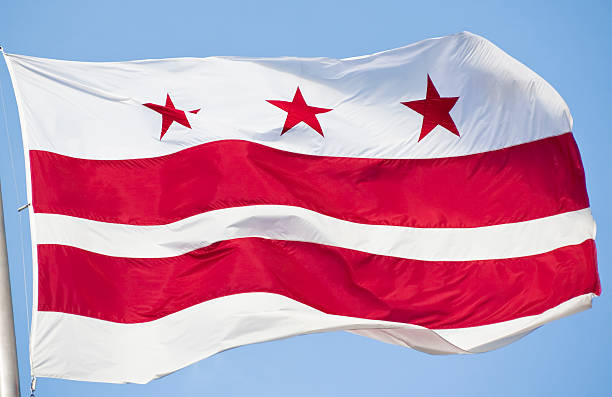
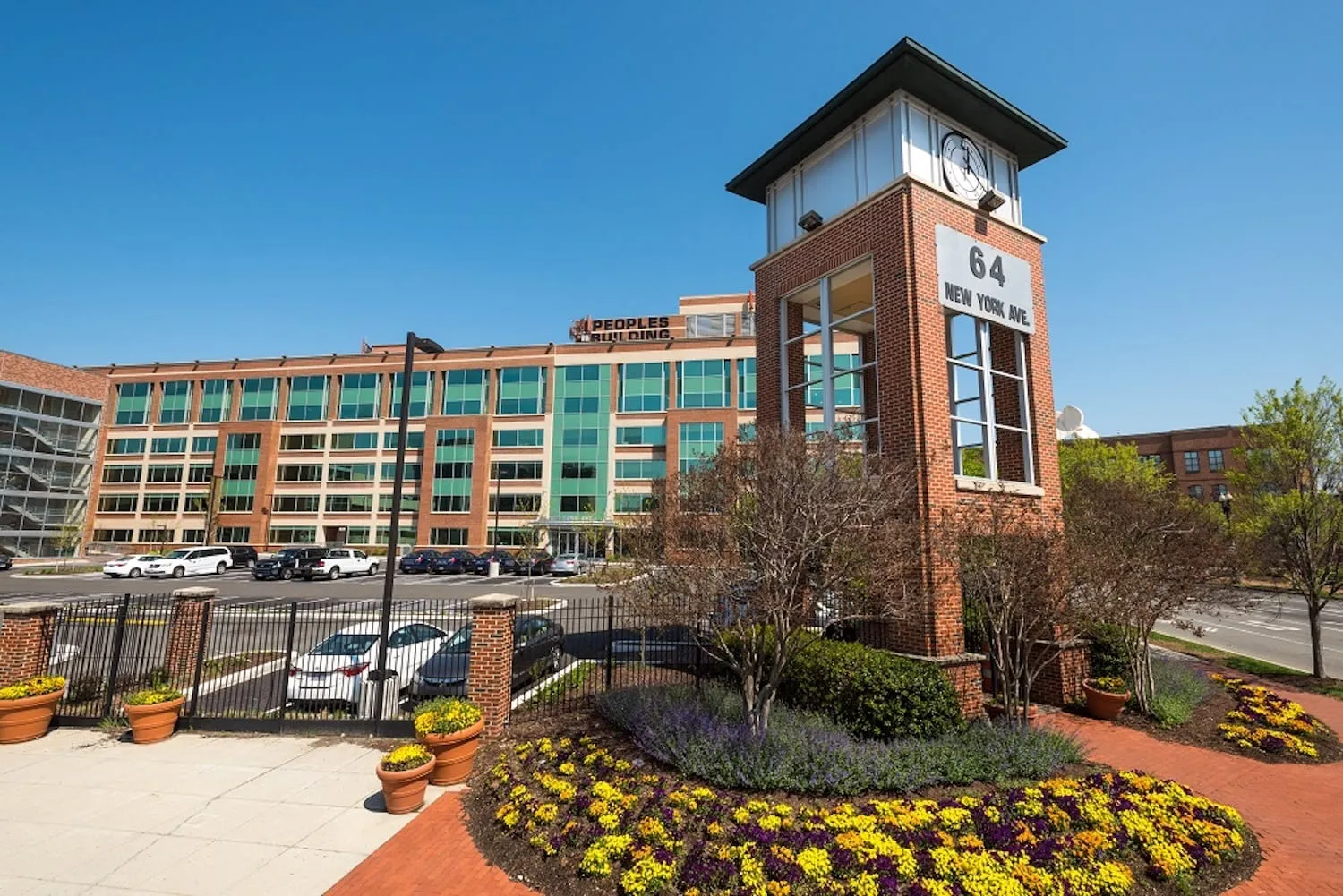 | Addiction Prevention & Recovery AdministrationThe Addiction Prevention & Recovery Administration (APRA) is a vital resource in Washington, D.C., dedicated to preventing and treating substance use disorders. Our center offers a wide range of services, including prevention programs, counseling, residential treatment, and recovery support, all tailored to meet the diverse needs of our community. At APRA, we believe in a holistic approach to addiction treatment, focusing on the physical, emotional, and social aspects of recovery. Our knowledgeable and compassionate team is committed to providing a supportive environment where individuals can find hope, healing, and the tools they need for lasting recovery. Join us at the Addiction Prevention & Recovery Administration and take the first step toward a healthier, sober life. 64 New York Ave NW, Washington, DC 20002 | Levels of Care:DetoxInpatientoutpatient Payment Options:Private Insurance Self-Pay Options |  | |
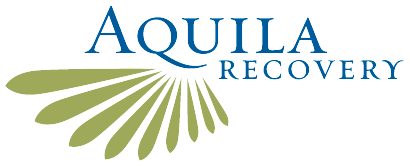 | Aquila Recovery ClinicAquila Recovery Clinic is a dedicated addiction treatment center located in Washington, D.C., focused on providing personalized care and support for individuals struggling with substance use disorders. Our facility offers a comprehensive range of services, including outpatient treatment, individual and group counseling, and aftercare support, all tailored to meet the unique needs of each client. At Aquila Recovery Clinic, we believe in a holistic approach to recovery, addressing the emotional, psychological, and physical aspects of addiction. Our compassionate and experienced team is committed to creating a supportive environment where individuals can find hope, healing, and the tools necessary for lasting recovery. Join us at Aquila Recovery Clinic and take the first step toward a healthier, sober future. 5101 Wisconsin Ave Suite 325, Washington, DC 20016 | Levels of Care:outpatient Payment Options:Private Insurance Self-Pay Options | 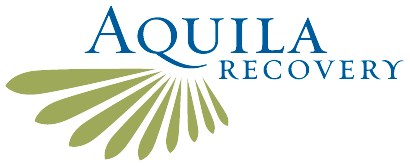 | |
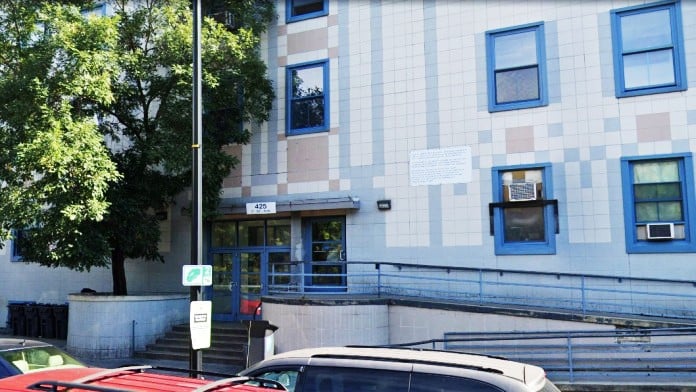 | Clean & Sober StreetClean and Sober Street is a dedicated addiction treatment center located in Washington, D.C., focused on providing comprehensive support for individuals seeking recovery from substance use disorders. Our center offers a range of services, including outpatient treatment, counseling, group support, and recovery resources, all designed to help clients achieve lasting sobriety. At Clean and Sober Street, we emphasize a holistic approach to recovery, addressing the emotional, physical, and social aspects of addiction. Our compassionate and experienced team is dedicated to creating a nurturing environment where individuals can find hope, healing, and the skills necessary for a successful recovery journey. Join us at Clean and Sober Street and take the first step toward a healthier, fulfilling life. 2 North, 425 2nd St NW, Washington, DC 20001 | Levels of Care:InpatientoutpatientIntensive Outpatient (IOP) 12-StepIntervention Services Payment Options:Medicaid Financial Aid | ||
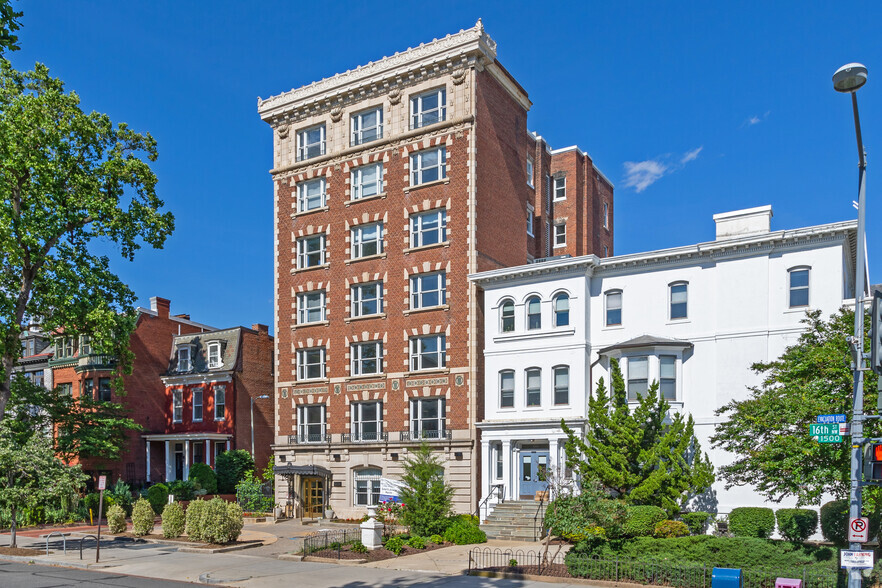 | Family Matters of Greater WashingtonFamily Matters of Greater Washington is a dedicated organization located in Washington, D.C., focused on empowering families through various support services and programs. Our mission is to strengthen family relationships and enhance the well-being of families in the community. We offer a range of services, including counseling, workshops, educational resources, and outreach programs, all designed to address the unique needs of families. At Family Matters, we believe that strong families are the foundation of healthy communities. Our compassionate team works tirelessly to create a supportive environment where families can thrive, build resilience, and foster positive relationships. Join us at Family Matters of Greater Washington as we work together to create brighter futures for families in our community. Closed: Please See Nearby Facilities | Levels of Care:outpatient Payment Options:Private Insurance Self-Pay Options | ||
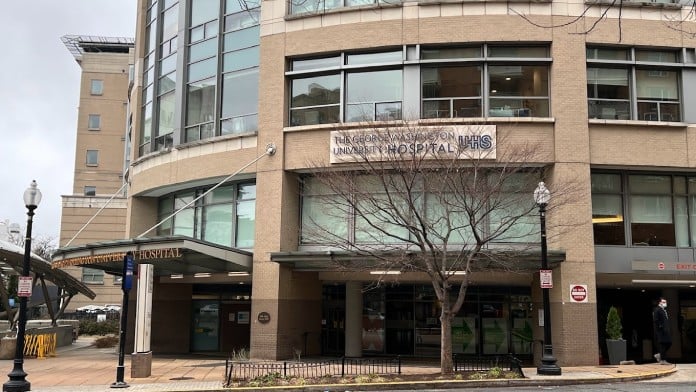 | George Washington University Hospital - PsychiatryGeorge Washington University Hospital Psychiatry is a prominent mental health service provider located in Washington, D.C. Our facility is dedicated to offering a wide range of psychiatric services, including inpatient care, outpatient therapy, crisis intervention, and specialized treatment programs tailored to the individual needs of our patients. At GW Hospital Psychiatry, we prioritize evidence-based practices and compassionate care to promote mental wellness and recovery. Our skilled team of mental health professionals is committed to creating a supportive and nurturing environment where individuals can address their challenges, gain insights, and develop effective coping strategies. Join us at George Washington University Hospital Psychiatry as we strive to enhance mental health outcomes and improve the quality of life for individuals in our community. 900 23rd St NW, Washington, DC 20037 | Levels of Care:Inpatient Payment Options:Medicaid Private insurance Self-Pay Options Financial Aid Medicare |  | |
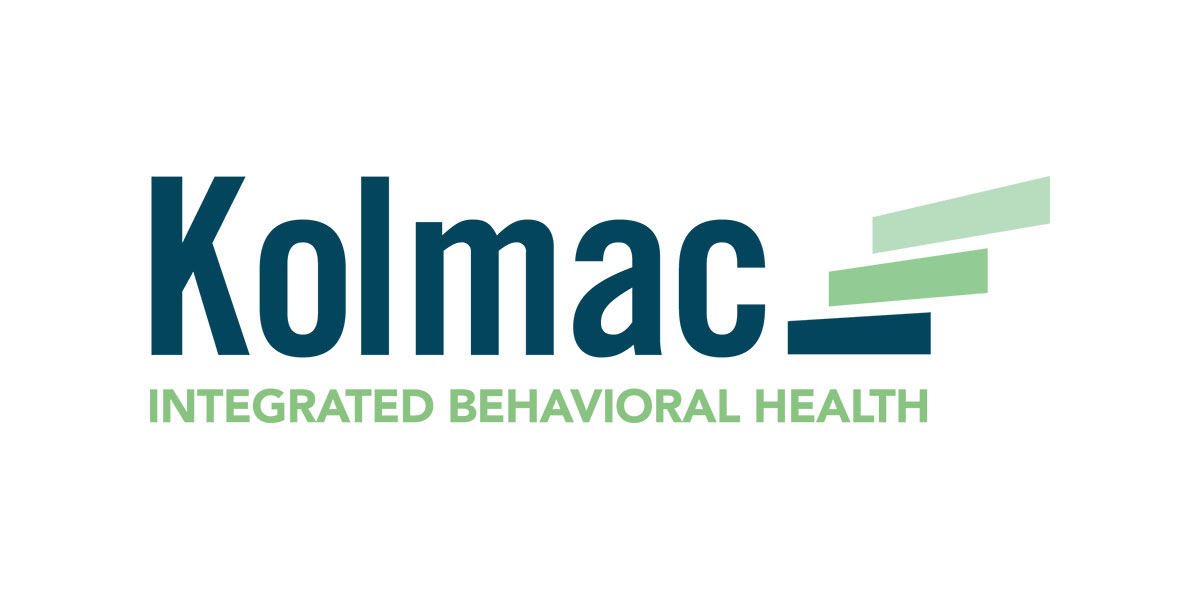 | Kolmac Integrated Behavioral HealthKolmac Integrated Behavioral Health is a leading addiction treatment center located in Washington, D.C., dedicated to helping individuals navigate the challenges of substance use disorders. Our facility offers a wide range of services, including outpatient treatment, detoxification, and individualized therapy, all designed to support clients in their recovery journey. We take pride in our integrated approach, addressing both behavioral health and addiction through personalized treatment plans that focus on the unique needs of each individual. At Kolmac, our compassionate and experienced team is committed to fostering a supportive environment where clients can achieve lasting recovery and improve their overall well-being. 1025 Vermont Ave NW Suite 305, Washington, DC 20005 | Levels of Care:outpatient Payment Options:Private Insurance Self-Pay Options | ||
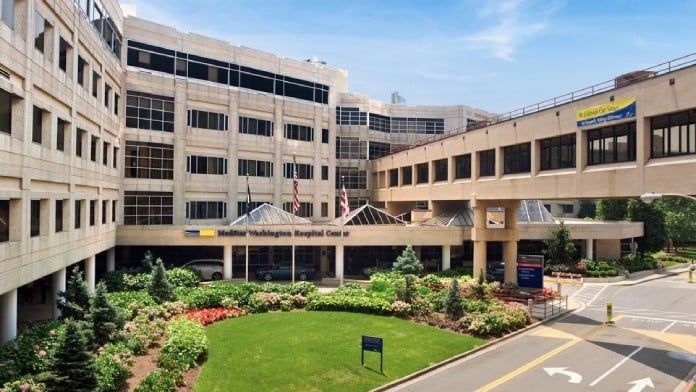 | MedStar Washington Hospital CenterMedStar Washington Hospital Center, a non-profit facility in Washington, D.C., provides treatment for various substance use disorders, including alcoholism, co-occurring mental health issues, and opiate addiction. They offer supervised medical treatment for withdrawal during detox, residential care for long-term recovery support, and flexible outpatient therapy that allows patients to live at home while receiving regular treatment. Additional services include intensive outpatient programs and relapse prevention. 110 Irving St NW, Washington, DC 20010 | Levels of Care:InpatientoutpatientIntensive Outpatient (IOP) Aftercare SupportMedically Assisted Detox Payment Options:Medicaid Private insurance Self-Pay Options Financial Aid Medicare | 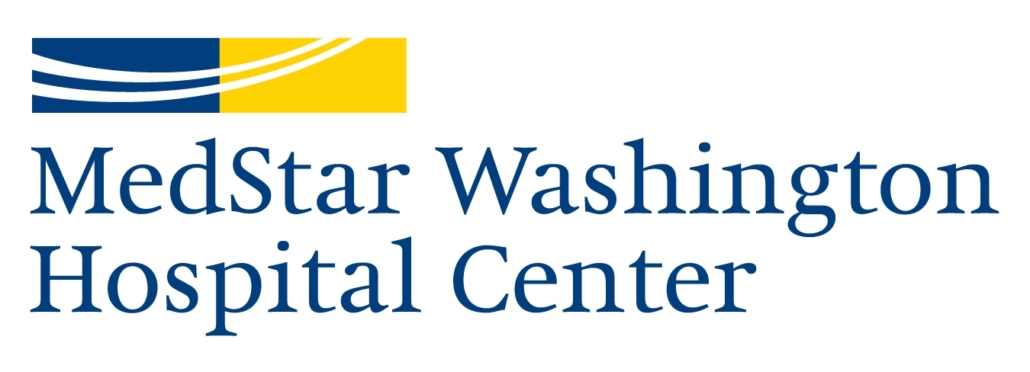 | |
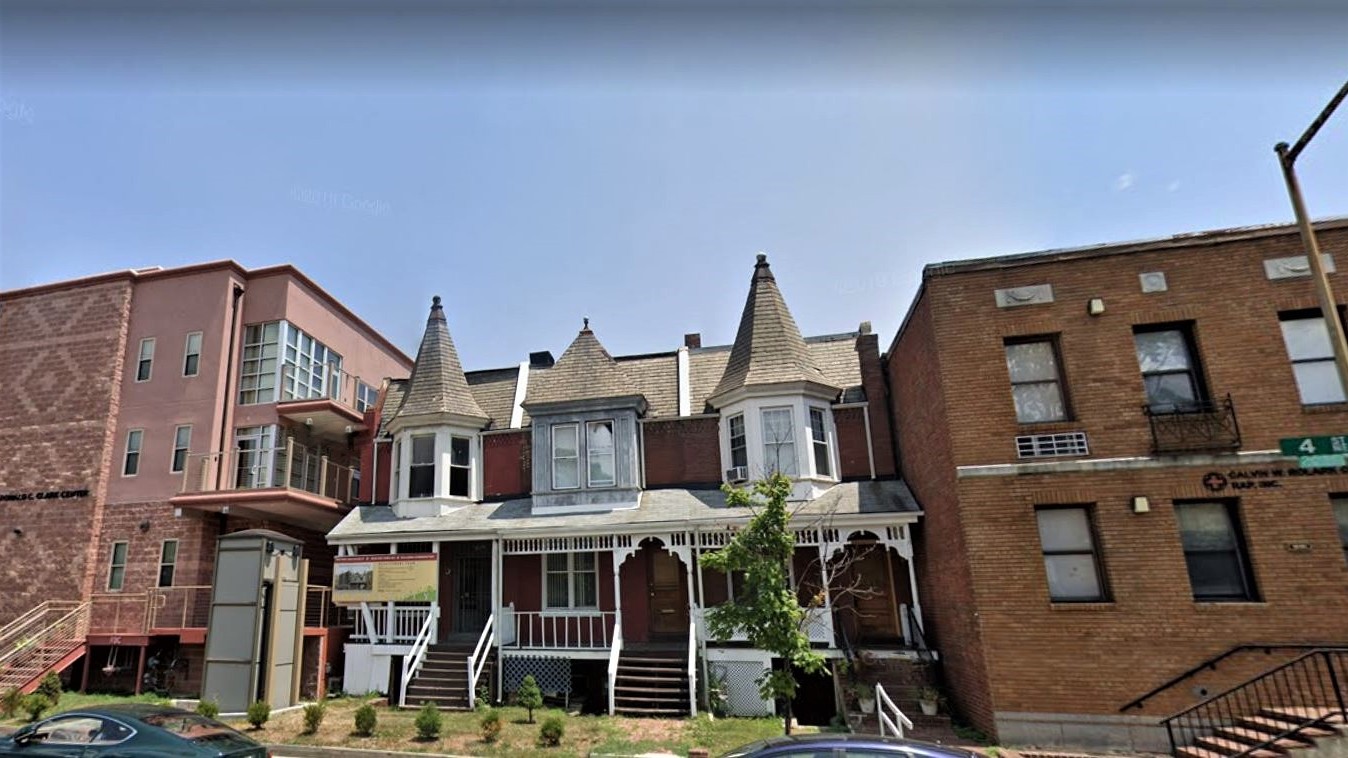 | RAP Outpatient SUD TreatmentRAP Outpatient SUD Treatment is a dedicated addiction treatment center located in Washington, D.C., focused on providing effective outpatient services for individuals struggling with substance use disorders. Our facility offers a comprehensive range of services, including individual counseling, group therapy, relapse prevention, and recovery support, all tailored to meet the unique needs of each client. At RAP, we believe in a personalized approach to recovery, addressing the emotional, psychological, and social aspects of addiction. Our compassionate and experienced team is committed to creating a supportive environment where individuals can find hope and the skills necessary for a successful recovery journey. Join us at RAP Outpatient SUD Treatment and take the first step toward a healthier, sober future. 1949 4th St NE, Washington, DC 20002 | Levels of Care:Medically Assisted DetoxInpatientoutpatientIntensive Outpatient (IOP) Aftercare SupportSober Living Homes 12-Step24-Hour Clinical CareIntervention Services Payment Options:Medicaid Private insurance Self-Pay Options Financial Aid Medicare |  | |
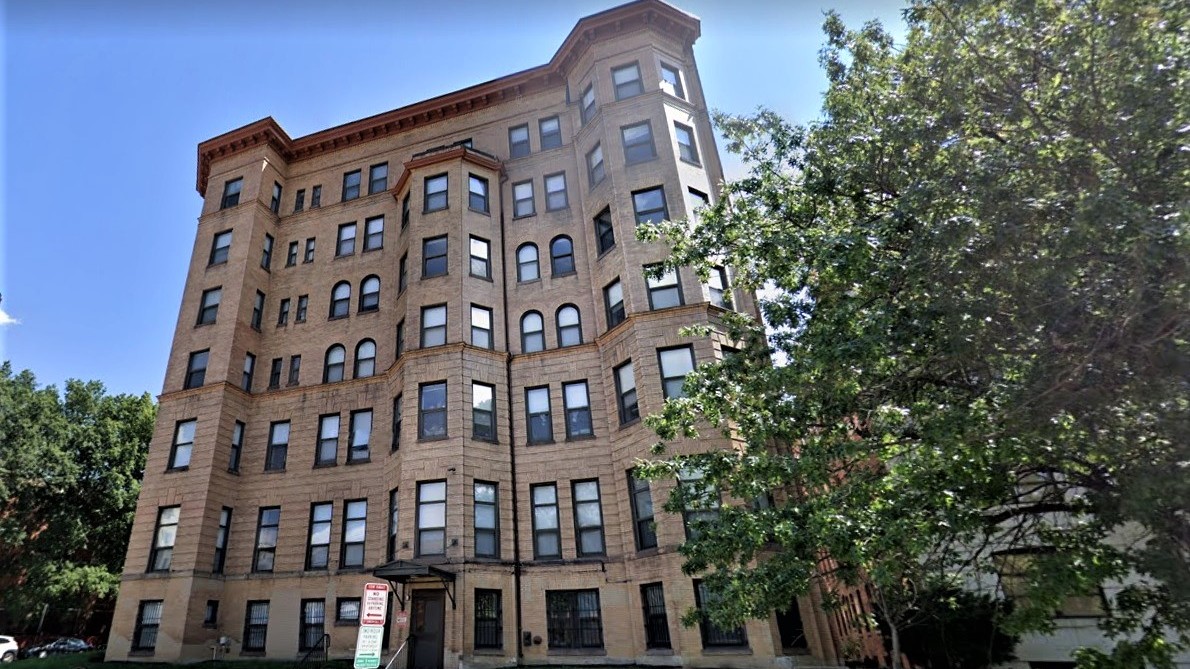 | Samaritan InnsSamaritan Inns is a dedicated addiction treatment center located in Washington, D.C., focused on providing compassionate care and support to individuals struggling with substance use disorders. Our facility offers a comprehensive range of services, including residential treatment, counseling, and life skills training, all tailored to meet the unique needs of each client. At Samaritan Inns, we believe in a holistic approach to recovery, addressing the emotional, physical, and psychological aspects of addiction. Our experienced and caring team is committed to creating a supportive environment where individuals can find hope, healing, and the necessary tools for lasting recovery. Join us at Samaritan Inns and take the first step toward a healthier, sober future. 2523 14th St NW, Washington, DC 20009 | Levels of Care:DetoxInpatientoutpatientAftercare SupportSober Living Homes Payment Options:Medicaid Financial Aid | 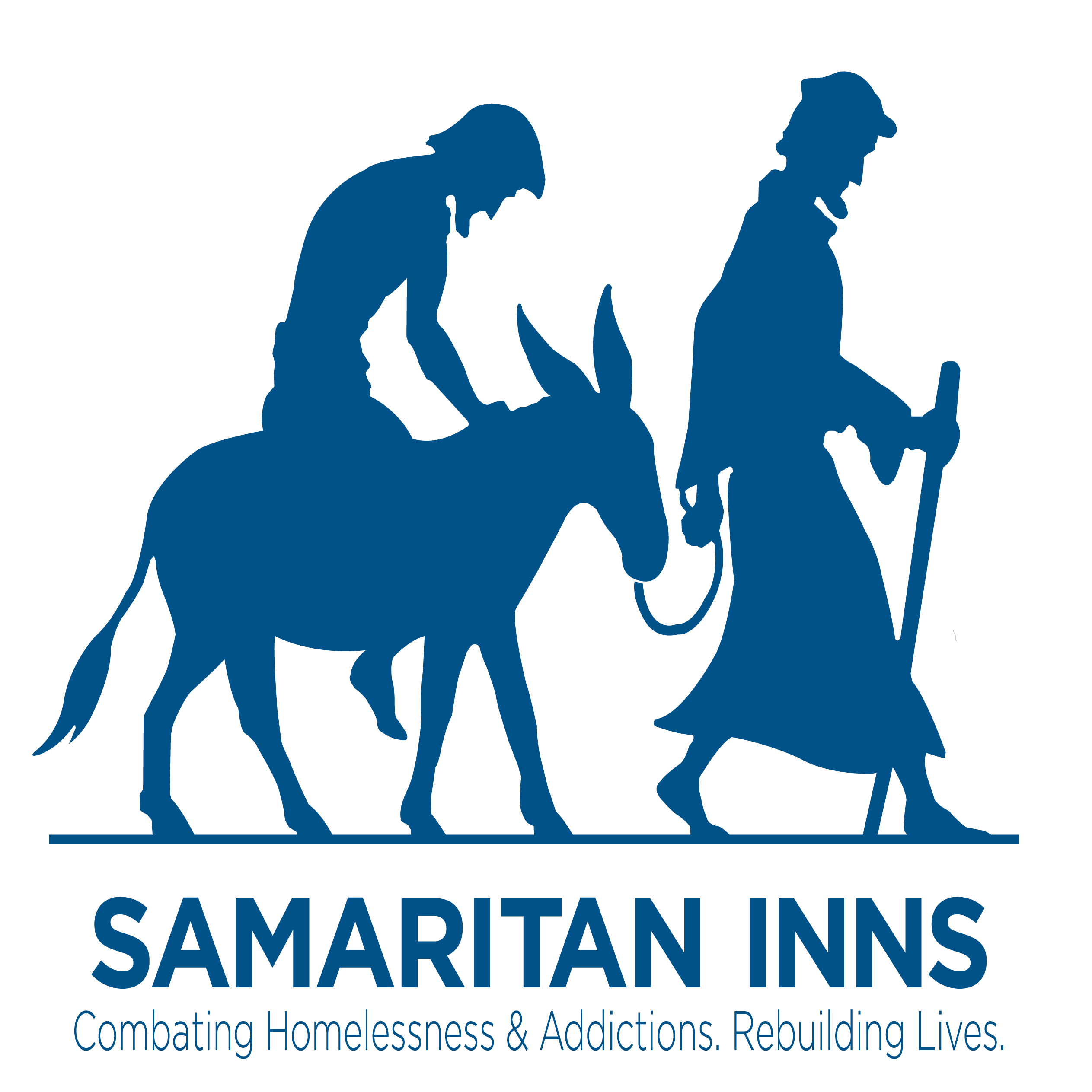 | |
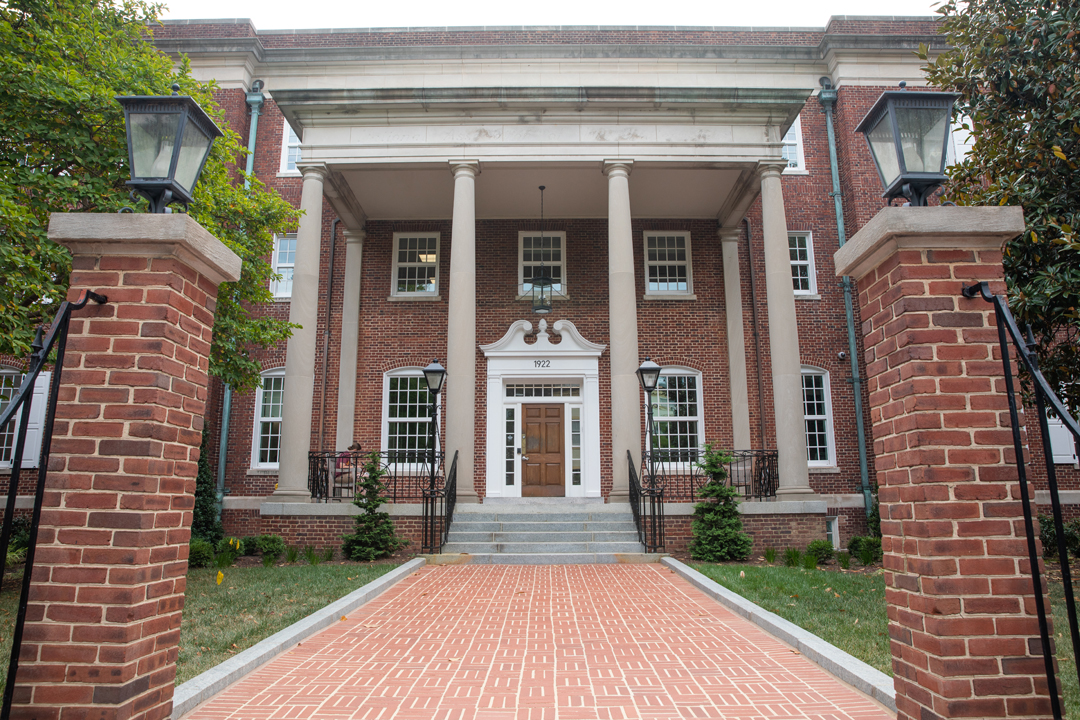 | The Center ClinicThe Center Clinic is a dedicated mental health clinic located in Washington, D.C., committed to providing comprehensive services for individuals seeking support for their mental health needs. Our clinic offers a wide range of services, including individual therapy, group counseling, psychiatric evaluations, and wellness programs, all tailored to meet the unique needs of our clients. At The Center Clinic, we believe in a holistic approach to mental health, focusing on emotional well-being, coping strategies, and personal development. Our compassionate and experienced team is dedicated to creating a safe and supportive environment where individuals can explore their challenges, find healing, and achieve their mental health goals. Join us at The Center Clinic and take the first step toward a healthier, more balanced life. 1922 F St NW Suite #103 (Ground level, Washington, DC 20052 | Levels of Care:outpatient Payment Options:Private Insurance Self-Pay Options | ||
 | The Palisades House for WomenThe Palisades House Women’s Sober Living is a dedicated addiction treatment center located in Washington, D.C., focused on supporting women on their journey to recovery from substance use disorders. Our program offers a safe and empowering environment where women can cultivate their sobriety while developing essential life skills and building a supportive community. We provide a range of resources, including individualized counseling, peer support, and wellness workshops, all designed to foster personal growth and resilience. At The Palisades House, we understand the unique challenges women face in recovery, and our compassionate team is committed to guiding each individual toward a healthier, sober life. Join us at The Palisades House and take the next step in your recovery journey. 1814 19th St NW B, Washington, DC 20009 | Levels of Care:InpatientoutpatientIntensive Outpatient (IOP) Aftercare SupportMedically Assisted Detox Payment Options:Private Insurance Self-Pay Options | 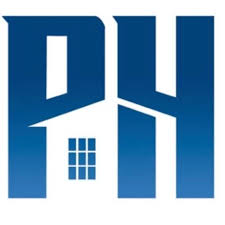 | |
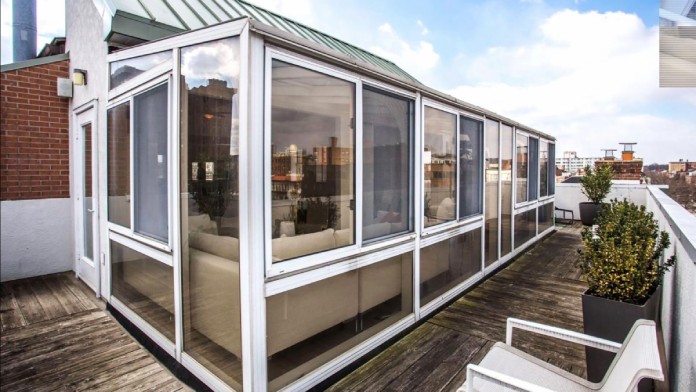 | The Palisades House Men’s Sober LivingThe Palisades House Men’s Sober Living is a dedicated sober living facility located in Washington, D.C., designed to support men in their recovery journey from substance use disorders. Our program provides a safe and structured environment where individuals can focus on their sobriety while developing essential life skills. We offer a range of resources, including peer support, counseling services, and educational workshops, all aimed at fostering personal growth and resilience. At The Palisades House, we believe that recovery is a journey best taken together, and our compassionate team is committed to providing the support and encouragement needed for a successful transition to independent living. Join us at The Palisades House and take the next step toward a healthier, sober life. 1638 R St NW, Washington, DC 20009 | Levels of Care:Aftercare SupportSober Living Homes24-Hour Clinical Care Payment Options:Private Insurance Self-Pay Options | 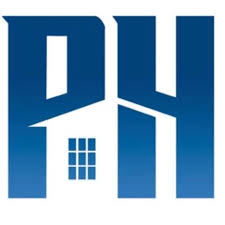 | |
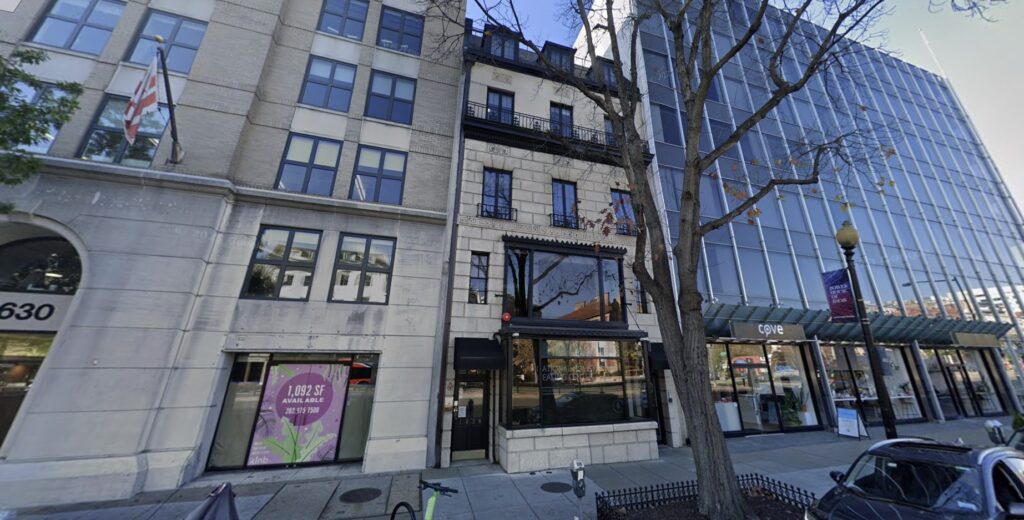 | Vive Treatment CentersVive Treatment Centers is a dedicated addiction treatment center located in Washington, D.C., committed to helping individuals overcome substance use disorders and achieve lasting recovery. Our facility offers a comprehensive array of services, including detoxification, residential treatment, outpatient programs, and holistic therapies, all designed to meet the unique needs of each client. At Vive Treatment Centers, we believe in a personalized approach to recovery, addressing the emotional, physical, and psychological aspects of addiction. Our compassionate and experienced team is dedicated to creating a supportive and nurturing environment where clients can find hope, healing, and the skills they need for a successful recovery journey. Join us at Vive Treatment Centers and take the first step toward a brighter, healthier future. 1636 Connecticut Ave NW STE 300, Washington, DC 20009 | Levels of Care:Partial Hospitalization Program (PHP)outpatientIntensive Outpatient (IOP) Payment Options:Private Insurance Self-Pay Options |  |
Calls to any general helpline will be answered or returned by one of the treatment providers listed, each of which is a paid advertiser:
Our helpline is available 24 hours a day, 7 days a week at no cost to you and with no obligation for you to enter into treatment. We are committed to providing support and guidance whenever you need it.
In some cases, Addiction Helpline America charges our verified partner a modest cost per call. This fee helps us cover the costs of building and maintaining our website, ensuring that we can continue to offer this valuable service to those in need.